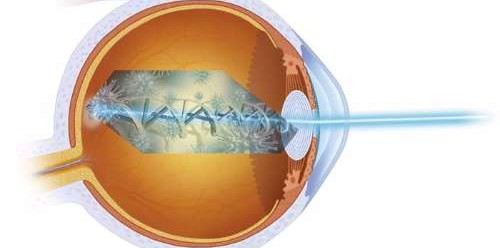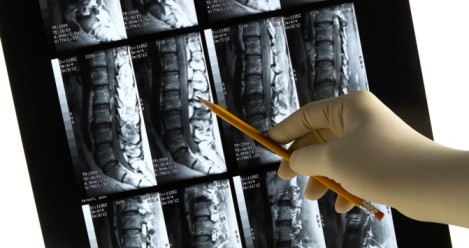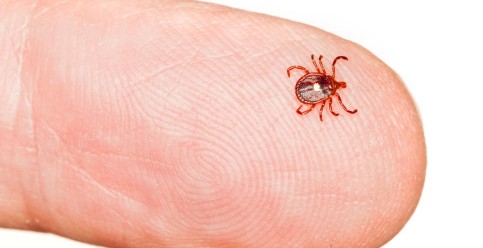Potentially fatal bacteria along the coast of Florida
A potentially deadly bacteria has made it way to Florida beaches. The Vibrio vulnificus bacterium has infected at least seven people and killed two this year in Florida. The two fatal cases have occurred in Brevard and Marion counties.
The bacterium, which appears to be activated by exceptionally warm weather, normally does not pose a risk to a healthy person. However direct contact between seawater and any open cuts or wounds can cause infections and skin ulcers. Sickness can also develop from ingestion of seawater or from eating raw seafood. Abdominal pain, diarrhea, and vomiting are the primary symptoms from ingestion. Redness, swelling, fevers, and chills progressing to life threatening septic shock can occur from a wound infection.
Vibrio vulnificus is a salt requiring gram negative bacteria that is commonly found in marine environments. According to the CDC, bloodstream infections are fatal 50% of the time. Between 1988 and 2006, over 900 cases of Vibrio vulnificus infections were reported along the states that border the Gulf of Mexico. Thirty-two cases of Vibrio vulnificus infection were identified in Florida last year. It is estimated that over 85% of cases occur between May and October when the coastal waters are the warmest.
The diagnosis is made by history assessment and testing. Blood, wound, and stool cultures should be ordered for those who have a history of possible exposure and exhibit clinical symptoms. Medical management includes the use of antibiotics and monitoring of any open wounds. In rare cases, surgical debridement and/or amputation may be necessary for severely infected wounds with extensive soft tissue spread.
Prevention of infection focuses on avoiding entry into the water if any open wounds or cuts are present. Avoid eating raw shellfish. Boiling or frying shellfish for an extended period of time is recommended.









